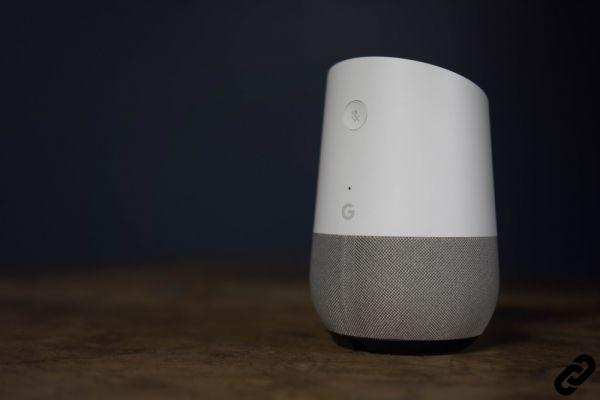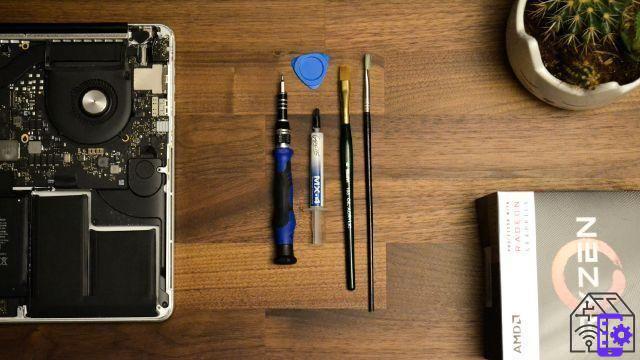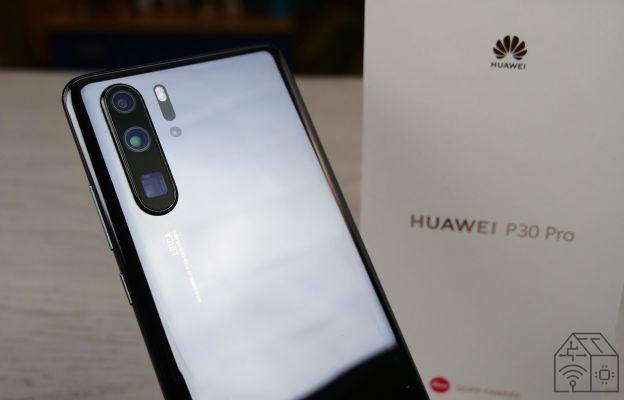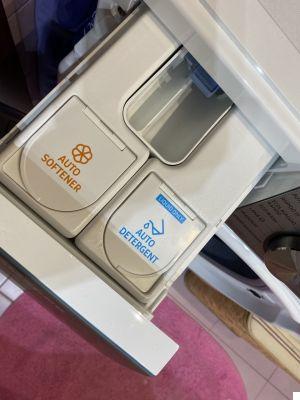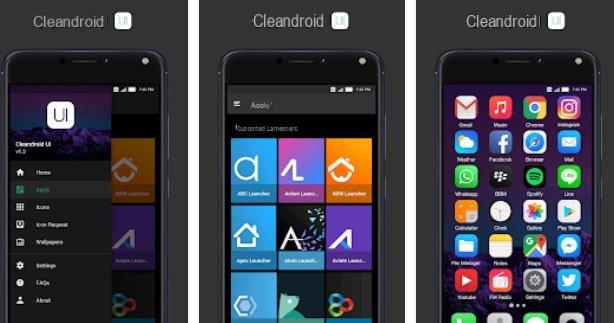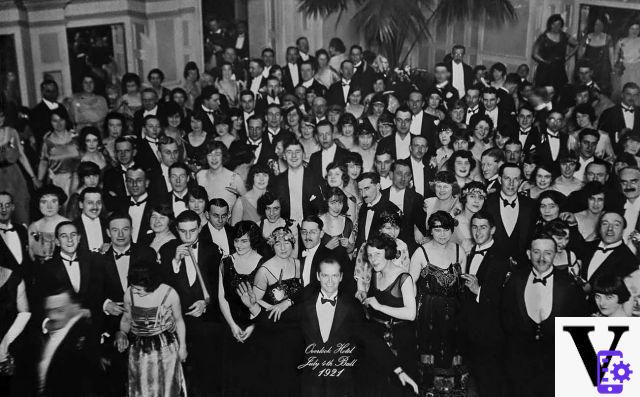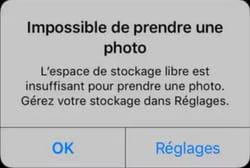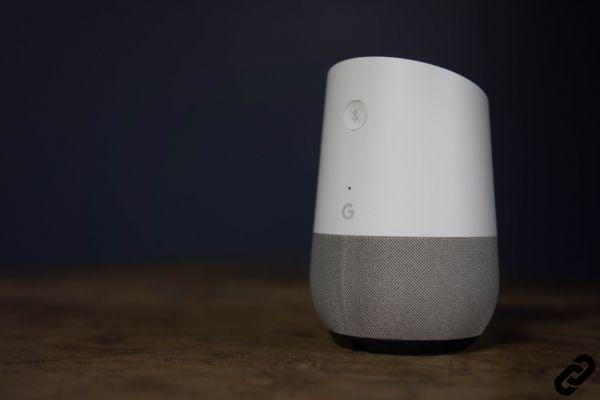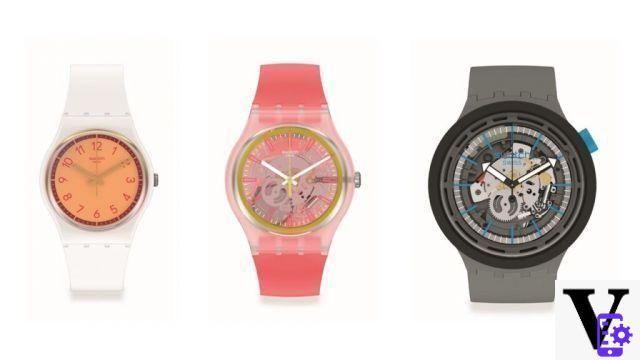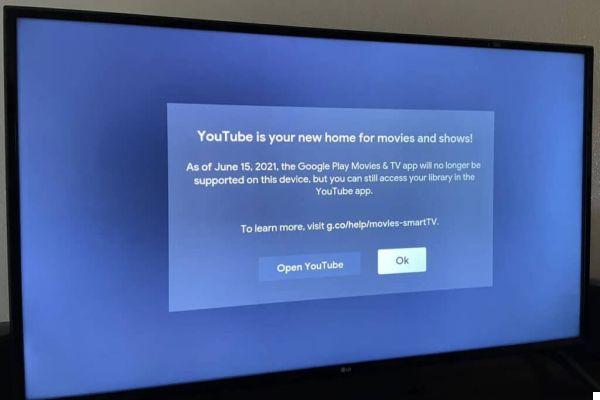There are various methods, but the most convenient is due to technology
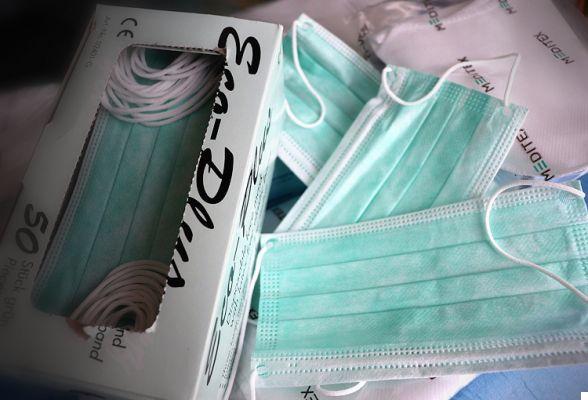





With the epidemic of Covid-19 still in place in various parts of the planet, and fortunately in a limited way in our nation, the use of masks is, and will still be for a relatively long time, indispensable, especially in closed places and where an appropriate social distancing cannot be maintained. .
It is clear, therefore, that we will have to make reasoned stocks of masks. To avoid buying industrial quantities, it would be advisable to reduce consumption. Sterilize the masks, allowing it to be reused, can save us some bucks, and anyway, if we use one UV sterilizer, allows us to use the same equipment also to sanitize other objects.
Are you looking for a UV sterilizer?
However, it is advisable to make some distinctions, depending on the masks used.
The fabric masks
The masks made in fabric (cotton or TNT, most of the time) can be washed in the washing machine using simple hot water (having the foresight to use a program of at least 60 degrees). Before re-using them, it is essential to dry them well by placing them in the sun if possible. And, after drying, do not iron them. Masks of this type can be reused multiple times (manufacturers usually suggest up to 10), as long as they are not damaged, torn or felted.
If they are used for short periods (for example, going shopping) they can also be washed after 3-4 uses. Otherwise, if you wear them to work for 8 hours or more, you should disinfect them every night.
The surgical masks
In principle, this type of masks should be single use. However, there are methods to extend its life for two other uses, provided they are obviously completely intact, or have not been worn for too many consecutive hours (four would be the prudential limit):
- Clean them with a hydroalcoholic disinfectant spray with at least 70% alcohol (and allow them to air dry perfectly before using them again, without using a dryer). The disadvantage is that the filtering capacity, which is already minimal in the case of surgical procedures, is even weaker
- Keep the mask suspended on a boiling pan for at least 10 minutes. Dangerous method if you don't pay close attention to steam
- Leave the mask on a drying rack, outdoors, for a few days. In this way the virus does not survive and disappear completely because it does not find any human organism in which it can replicate.
- Use a UV sterilizer
FFP2 / 3 (or N95, according to American standards) masks
Also for these masks (which generally should be used by health and rescue workers) the reusability lies in disinfecting them so that they can preserve the filtering capacity and adhere well to the face.
In addition to the methods illustrated in the previous paragraph, there is another one, the one that involves the use of ultraviolet rays.
What are UV rays?
La ultraviolet light it is, to put it simply, a type of electromagnetic radiation with a wavelength shorter than the light that the human eye can perceive, and therefore is not visible to most humans.
Even if we can't see UV rays, we certainly feel their effects. The ultraviolet light generated by the sun, for example, is what makes us tan (but it is also capable of causing skin cancers).
According to the World Health Organization, i ultraviolet rays fall into three categories:
- UV-A: they are the weakest rays, practically 95% of the ultraviolet light sent by the sun to Earth. It is able to penetrate deeply into the various layers of the skin, contributing not only to the formation of a tan, but also to the aging of the skin itself, to the appearance of wrinkles and in extreme cases to skin cancers.
- UV-B: This type of ultraviolet light is able to permeate the superficial layers of the skin, and is responsible for tanning (and burns), and makes a great contribution to aging and, again, to skin cancers. Most of the UV-B rays are absorbed by the Earth's ozone layer, and therefore make up just 5% of the sun's rays that reach our planet.
- UV-C: It is the ultraviolet light that generates the most energy of all, and it is the one that can do the most damage. Fortunately, the ozone layer and the atmosphere absorb it completely.
UV-C lamps used in medical disinfection devices have a particular waveform.
How can UV rays disinfect objects?
They can do this because ultraviolet light is able to penetrate the cells of pathogens and damage their DNA or RNA containing the genetic code. In addition, there is evidence that UV rays can damage amino acids and proteins that protect the virus or allow it to attach and infect a host cell.
The use of UV rays for disinfection dates back more than a century ago. Today there are devices of all shapes and sizes.
A research carried out by the American National Institutes for Health compared four methods for decontaminating N95 / FFP2 masks:
1) UV-C rays (260-285 nm)
2) dry steam degrees in 70
3) spray 70% ethanol
4) VHP (vaporized hydrogen peroxide).
All four methods eliminated the SARS-CoV-2 virus (aka Covid-19) from the examined tissue samples in varying times.
The researchers found that the spray-decontaminated masks had lost their effectiveness, and therefore advised against their use. Where 70 degree steam was used, the masks could be reused two more times.
Those decontaminated with i UV-C rays and with the VHP, on the other hand, they could be used up to three times. It should be noted that the aligners have been subjected to UV-C rays for one hour and that they have been flattened and turned during the procedure (since the UV-C rays act on flat surfaces).
Which UV-C Sterilizers Should You Buy?
There is a fairly wide offer on the market. The best choice could fall on closed box-shaped sterilizers that have dimensions such as to enclose an extended template. These sterilizers are also very valid for sanitizing any small object such as keys, smartphones, baby bottles, toys and all other objects of daily use.










